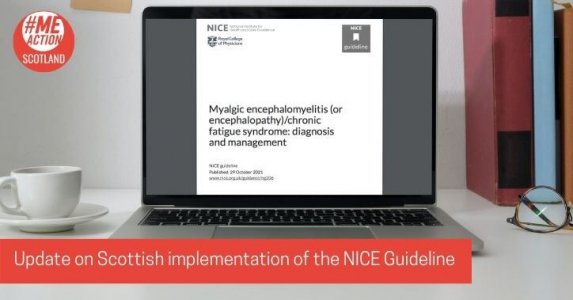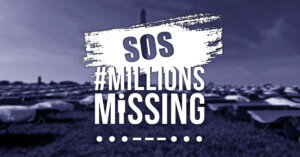As we announced in February, the Scottish Government has committed to implementing the new NICE guideline for diagnosis and management of ME. The first step in the process was a Scottish stakeholder review, carried out externally by consultant Blake Stevenson.
The report on the review was published in July and #MEAction Scotland supports its findings. We welcome the recommendations, which span healthcare education, service delivery and research. We’re extremely grateful to every person and organisation who engaged with the consultation, for many people with ME we know it will have meant giving up precious time and energy. The voice of the ME community is clear and informed throughout the report and it’s significant to see our views included in a government report in this way.
What next?
The Scottish Government has made the decision that the NICE guideline will be implemented by updating the Scottish Good Practice Statement (SGPS) to reflect the changes in the guideline. The SGPS was published in 2010 and provided better information and guidance than the previous NICE guideline, but health professionals were unaware of it and it is now outdated. #MEAction Scotland has reservations about the effectiveness of updating the statement when it has never been widely adopted. When discussing the SGPS in the Blake Stevenson report, there is a quote from a person with ME: “I referenced it in a meeting with a GP and they had not heard of it.” We know that isn’t unusual.
#MEAction Scotland was able to raise these concerns in a recent meeting with the Clinical Priorities Unit of the Scottish Government and other ME organisations. It was acknowledged that the SGPS is currently not widely used or known about and agreed that it would need to be hosted in a more accessible place and accompanied by awareness raising activities to make it more effective.
We were unable to confirm a specific timeline for the update of the SGPS, but we were assured that it’s being worked on as a priority. We will continue to let the community know if there are any developments.
Clinicians have been asked to refer to NICE
In the meantime, Jason Leitch, National Clinical Director of the Scottish Government, has written to NHS Board CEOs, Medical Directors, Primary Care Leads, Directors of Nursing and Midwifery, as well as Chief Officers of Integration Authorities and the Allied Health Professional Leads Network, to communicate the changes in the NICE guideline.
In the letter, sent in June, he confirms, “In the absence of a SIGN guideline, we expect clinicians to refer to other available guidance such as NICE guidelines.” He goes on to outline the significant changes to guidance around graded exercise therapy (GET) and cognitive behavioural therapy (CBT). Finally, he informs clinicians that the government will be updating the SGPS and that they will provide a further update “later this summer.”
While we don’t expect health professionals to receive this letter and immediately change their ways, it is in the public domain and is useful for the patient community. The letter provides evidence that health professionals should be referring to the NICE guideline, and that GET should not be offered. You may find it useful to have this letter on hand the next time you speak to a clinician about ME.





